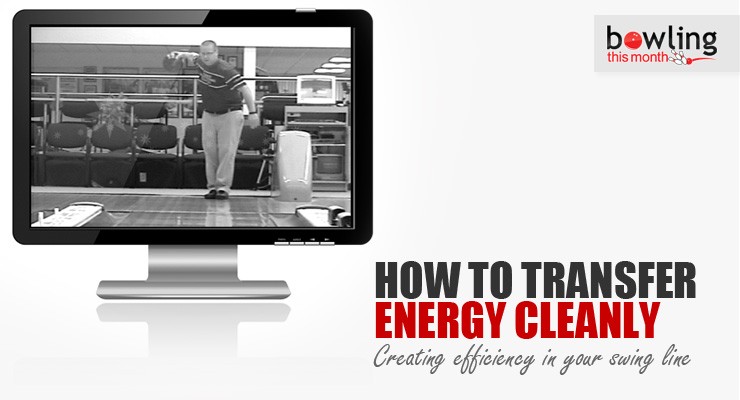Article Contents
- 1. Poor swing line
- 1.1. Causes
- 1.2. Solutions
- 2. Rolling the palm
- 2.1. Cause
- 2.2. Solution
- 3. Mismatched targeting strategy
- 3.1. Solution
- 4. Poor timing
- 4.1. Solutions
- 5. Conclusion
Note: This article is only available to Bowling This Month subscribers.
The physical game is best understood in terms of energy transfer. You transfer energy from the body to the bowling ball. As you move through the approach, you build potential energy that is transferred to kinetic energy at the release. How effectively you transfer this potential energy is a direct result of three major items: (1) swing direction, (2) timing, and (3) forearm/hand position at the bottom of the swing. The more efficient these movements are, the more energy will be transferred to the bowling ball.
In this issue of Slowinski At Large, I discuss some frequent physical game concerns I see as a coach. These issues interfere with a bowler’s ability to transfer energy cleanly. After sharing these frequent problems, I offer readers an understanding of the cause and effect relationship that exists in these areas. Finally, I provide readers with solutions that will lead to improvements in the physical game.
Poor swing line
If I had to choose the problem that plagues the most bowlers, it is a poor swing line. Due to the swing moving behind the back and kicking out at the top of the swing, a poor swing prevents the bowler from keeping the forearm forward (elbow in) at the bottom of the swing into the release point. Without the elbow in, a bowler is not able to transfer energy to the bowling ball efficiently. The most biomechanically sound bowlers keep their elbow in as they are following through. This places the forearm directly through the ball, allowing the most efficient transfer of energy from body to the ball.
Causes
Inadequate space for the ball is the primary culprit for a poor swing. Specifically, due to the lack of space creation between the shoulder and hip, the bowler has to swing the ball around the body.
When a poor swing goes behind the back, it subsequently moves to the outside at the top of the swing. This is one of the most ineffective moves in bowling. The outside-to-inside-to-outside swing is an ineffective loop. In the extreme, it becomes the dreaded chicken wing. All top players have the elbow moving inside from the top of the swing as the ball transitions into the downswing. To be great in the sport of bowling, the swing needs to move to the inside in the downswing.
Solutions
Create more space for the swing. A bowler can create more space ...
Already a premium member? Click here to log in.


